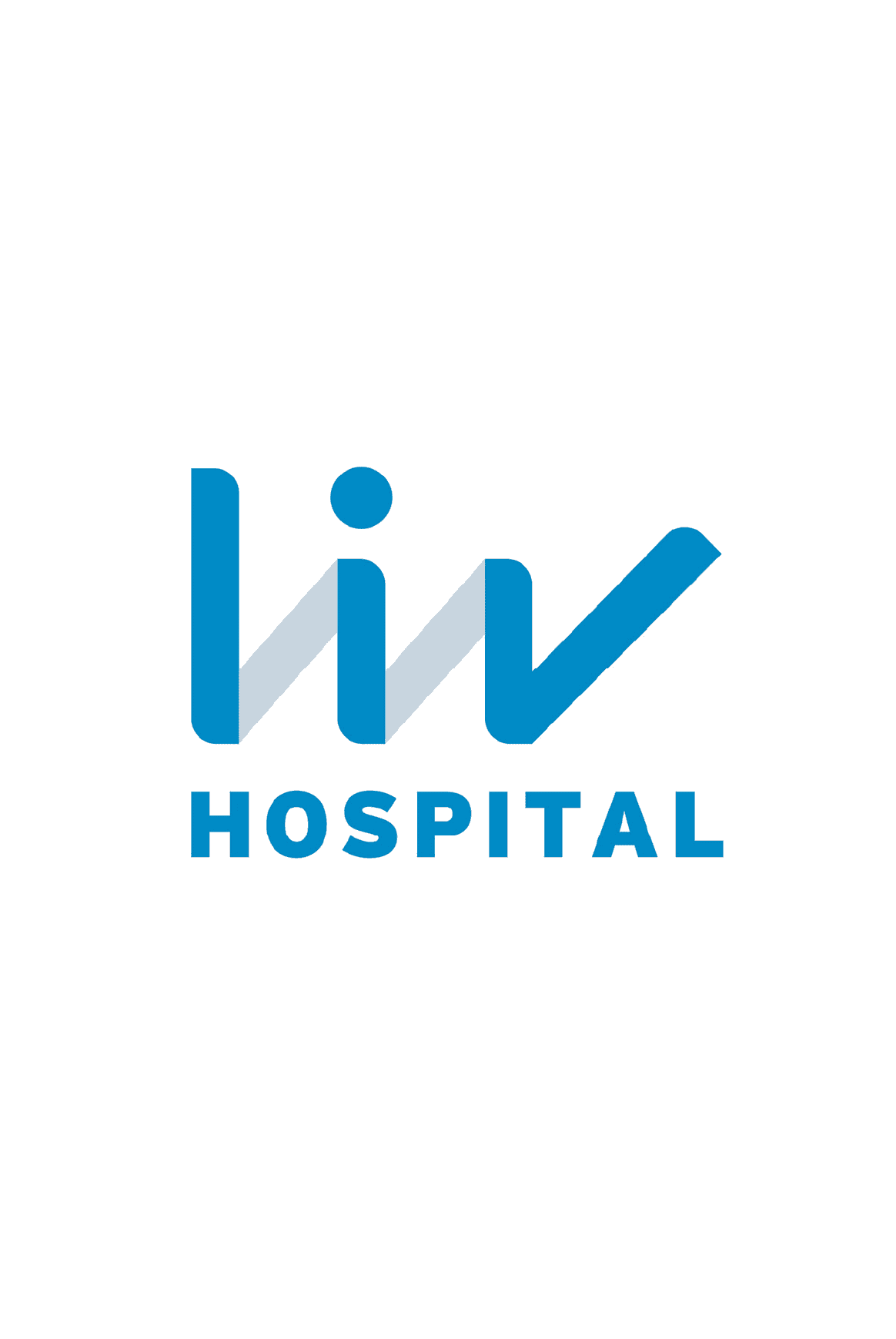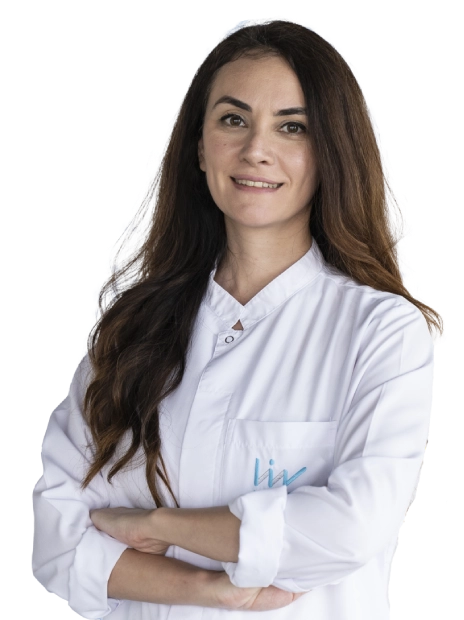Introduction to Breast Health
Looking after your breast health is an important part of staying well. Learning about different breast diseases and the available surgeries helps you make better choices for your health. In this article, you'll find key information on breast diseases, breast augmentation, and what to keep in mind if you have other health issues. Taking an active role in your breast health can improve your quality of life and help you make confident decisions about your care.
Considerations for Breast Augmentation Surgery
Breast augmentation is a surgery that can change how you look and may help you feel more confident. People often choose this procedure to increase breast size, regain volume lost after weight changes or pregnancy, or correct unevenness. If you have health issues like high blood pressure or kidney disease, it’s important to discuss these with your doctor before considering surgery.
Before undergoing breast augmentation, you should consult with healthcare professionals who have experience in managing patients with specific health concerns. They can provide valuable insights into how your conditions may affect the surgical process and overall results. Blood pressure and kidney function should be evaluated prior to surgery. These assessments help identify potential risks and ensure you are in optimal health for the procedure.
Additionally, discussing your medical history and medications with your surgeon is vital. Certain medications can impact your surgery or recovery, so being transparent about your health will help your surgical team create a personalized plan that prioritizes your safety.

Understanding Breast Diseases
There are many types of breast diseases. Some are harmless, while others can be more serious. Learning about common breast diseases, such as fibrocystic changes, infections, and breast cancer, can help you spot problems early and get the right care.
Fibrocystic Changes: This condition is characterized by the presence of lumpy or rope like breast tissue, often accompanied by discomfort or tenderness. While fibrocystic changes are benign and not considered a disease, they can cause anxiety for many individuals. Regular self examinations and annual mammograms can help monitor any changes in breast tissue.
Infections: Breast infections, such as mastitis, can occur in breastfeeding women or even in those who are not nursing. Symptoms may include redness, swelling, pain, and sometimes fever. Prompt treatment is essential to prevent complications and ensure a swift recovery.
Breast Cancer: Understanding the risk factors and signs of breast cancer is critical for early detection. Regular mammograms and clinical breast exams, combined with self examinations, can help identify any unusual changes in breast tissue. If you notice any lumps, changes in size or shape, or unusual discharge, it is important to consult your doctor immediately to discuss the best next steps.
Staying informed about breast diseases and getting regular check ups can help detect problems early, improving treatment outcomes and quality of life.

Our dedicated breast surgery unit offers modern minimally invasive techniques, personalised treatment planning and long-term follow up. We’re committed to your health, confidence and peace of mind.
Managing Mondor's Disease
Mondor's disease is a rare problem that can happen after breast cancer surgery or radiation. It causes swelling and pain in the veins near the skin of the breast and chest, and sometimes you might see firm, cord like lines under the skin. Knowing about this condition can help you handle symptoms and feel less worried.
If you notice ongoing pain or swelling in your breast or chest after surgery, reach out to your doctor right away. They can check your symptoms and decide what to do next. Most of the time, Mondor's disease gets better on its own with simple treatments like pain relief and regular check ups.
Learning about Mondor's disease can help you feel less anxious and encourage you to get help if you need it. Talking openly with your healthcare team is important for getting the support you need while you recover.
Risks for Patients with Pre existing Conditions
If you have health problems like high blood pressure, diabetes, or autoimmune diseases, breast surgery may be riskier for you. These conditions can slow healing, raise the chance of problems, and affect your results.
Getting a full check up before surgery is important to find any possible problems. Your surgeon will help you make a plan that fits your health needs. This might mean extra monitoring, changing your medications, or taking steps to get you ready for surgery.
Be sure to talk openly about your medical history with your doctor. Taking care of your health conditions and sharing any worries can lower your risks and help your surgery go well.
Preparation for Surgery
Getting ready for breast augmentation surgery means taking a few important steps to help things go smoothly. Here are the main things to do:
- Consultation: Schedule a thorough consultation with a qualified and experienced surgeon to discuss your goals, concerns, and expectations regarding breast augmentation. This is an opportunity to ask questions and gain clarity about the procedure.
- Medical Evaluation: Undergo a comprehensive medical evaluation to assess your overall health and identify any potential risks associated with the surgery. This evaluation may include blood tests, imaging studies, and a review of your medical history.
- Pre operative Instructions: Follow any pre operative instructions provided by your surgeon carefully. This may include dietary restrictions, guidelines for medication adjustments, and recommendations for lifestyle changes leading up to the surgery.
- Post operative Care: Knowing how to care for yourself after surgery is key to a good recovery. Your surgeon will give you clear instructions on looking after your incision, handling pain, and spotting any problems. You’ll also have follow up visits to check your healing.
- Support System: Consider arranging for a support system to assist you during your recovery. Having a friend or family member available to help with daily tasks and provide emotional support can make a significant difference in your overall experience.
Following these steps can help your surgery go well and make your recovery smoother.
Conclusion
Understanding breast diseases and surgical options is essential for informed decision making. Learning about risks, asking questions, and communicating openly with your doctor helps you take charge of your breast health. Whether considering breast augmentation or managing a breast condition, knowledge empowers you to make confident choices.
For more information about our academic and training initiatives, visit Liv Hospital Academy
Frequently Asked Questions about Breast Diseases
Is breast cancer a hereditary disease?
Yes, breast cancer can be hereditary. Certain genetic mutations, such as BRCA1 and BRCA2, significantly increase the risk of developing breast cancer. If you have a family history of breast or ovarian cancer, it’s advisable to discuss genetic testing with your healthcare provider.
What is fibrocystic breast disease?
Fibrocystic breast disease is a common condition characterized by lumpy or rope like breast tissue. It often causes discomfort or pain, especially before menstruation. While it is not a disease but rather a benign condition, it can lead to anxiety about breast cancer.
How quickly does Paget's disease of the breast progress?
Paget's disease of the breast can progress at different rates depending on the individual. It typically starts with changes in the nipple and may be associated with underlying breast cancer. Early diagnosis and treatment are crucial for better outcomes.
What diseases can be passed through breast milk?
Certain infections can be transmitted through breast milk, including HIV, hepatitis B, and cytomegalovirus (CMV). However, most diseases cannot be transmitted through breast milk. It is essential for breastfeeding mothers to consult with healthcare professionals regarding their health status.
Is breast cancer a chronic disease?
Breast cancer is often categorized as a chronic disease, particularly in cases where it is diagnosed at an advanced stage. With advancements in treatment, many patients can live with breast cancer for extended periods, managing it as a chronic condition.
What does Paget's disease of the breast look like?
Paget's disease of the breast typically presents with changes in the nipple, including redness, flaking, or crusting. There may also be a discharge from the nipple. If you notice these symptoms, it is important to seek medical evaluation.
What causes fibrocystic breast disease?
The exact cause of fibrocystic breast disease is not fully understood, but it is believed to be related to hormonal changes in the body, particularly fluctuations in estrogen levels. Factors such as diet, stress, and genetics may also play a role.

